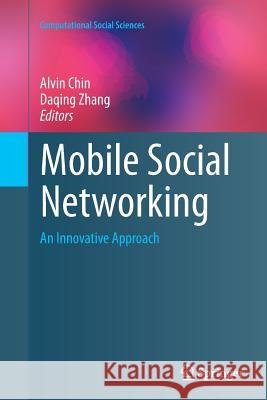Mobile Social Networking: An Innovative Approach » książka
topmenu
Mobile Social Networking: An Innovative Approach
ISBN-13: 9781493944781 / Angielski / Miękka / 2016 / 243 str.
Kategorie:
Kategorie BISAC:
Wydawca:
Springer
Seria wydawnicza:
Język:
Angielski
ISBN-13:
9781493944781
Rok wydania:
2016
Wydanie:
Softcover Repri
Numer serii:
000471981
Ilość stron:
243
Waga:
0.36 kg
Wymiary:
23.39 x 15.6 x 1.4
Oprawa:
Miękka
Wolumenów:
01
Dodatkowe informacje:
Wydanie ilustrowane











